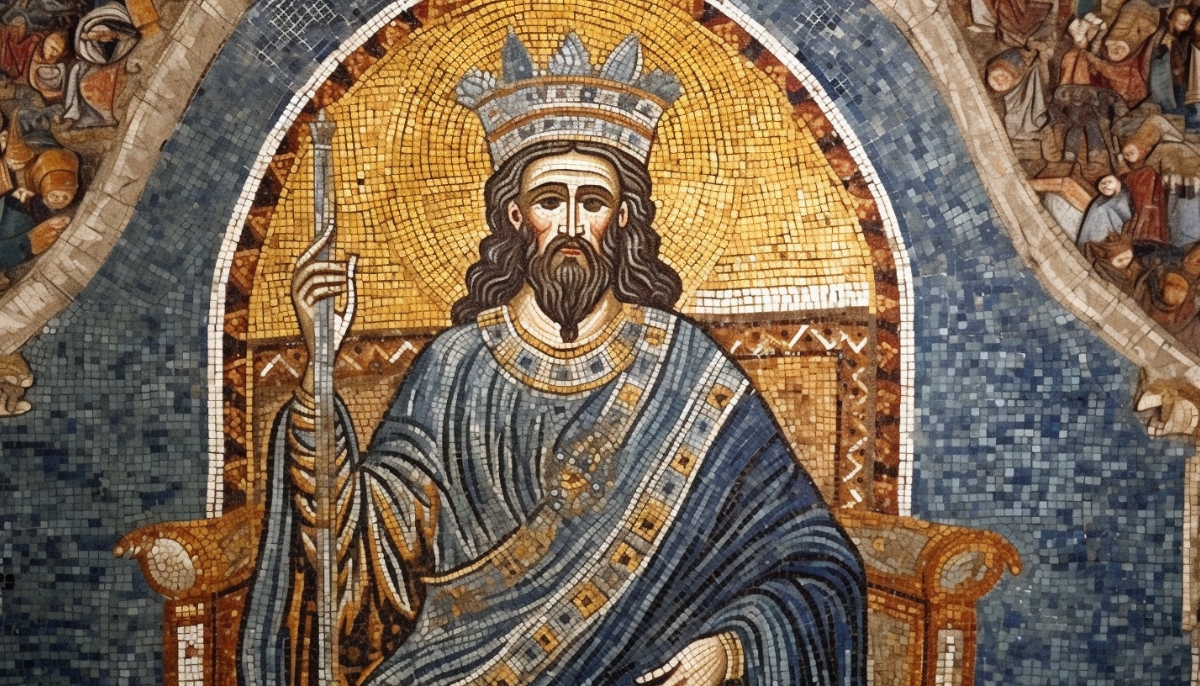Are you looking to geek out on Byzantine history? You’ve come to the right spot!
This article covers the 25 longest-reigning Byzantine emperors.
We’re starting the timeline when Constantine the Great made the game-changing move of relocating the capital to Constantinople.
Over its 1,000-year lifespan, the Empire grappled with invasions, religious controversies, and internal strife. Yet, some emperors stood the test of time—literally.
Our number one ruled the roost for nearly half a century! Intrigued? Let’s jump in!
25. Maurice (20 years, three months and 14 days)
- Reigned: 14 August 582 – 27 November 602
- Dynasty: Justinian dynasty (518–602)
Maurice was the last in the Justinian dynasty. He was selected as Tiberius II’s heir. His rule was rife with wars against the Persians and Avars.
Phocas murdered Maurice and his six sons. This act led to Phocas’ disastrous rule, which opened the path for the Arabs.
- The Ottoman Turks would finally end the Byzantine Empire in 1453, but What if Constantinople Never Fell?
24. John VIII Palaiologos (23 years, four months and ten days)
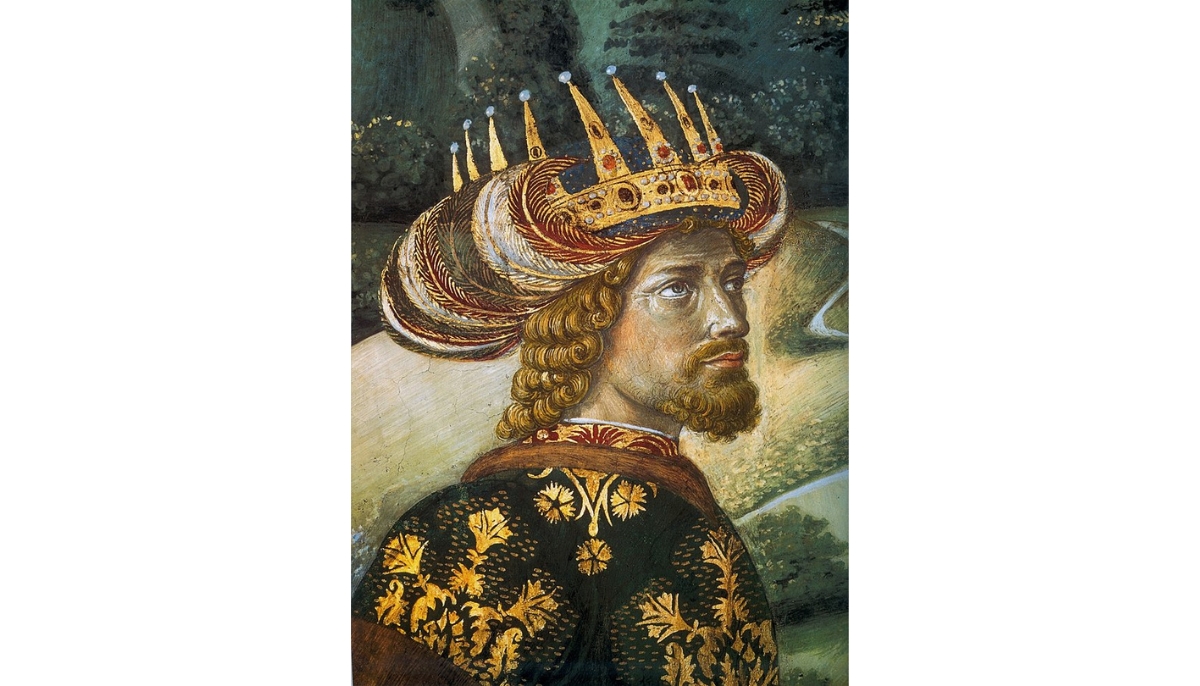
- Reigned: 21 July 1425 – 31 October 1448
- Dynasty: Palaiologan dynasty (1261–1453)
John VIII Palaiologos was the eldest son of Manuel II. He served as co-emperor before becoming the sole Emperor in 1425.
His reign saw the defense of Constantinople against Murad II but resulted in the loss of Thessalonica. He tried to secure alliances by visiting Italy.
He consented to the union of the Greek and Roman churches, which failed. John VIII named Constantine XI his successor and was the last Byzantine Emperor to die of natural causes.
23. Michael VIII Palaiologos (23 years, 11 months and ten days)
- Reigned: 1 January 1259 – 11 December 1282
- Dynasty: Palaiologan dynasty (1261–1453)
Michael VIII Palaiologos was a critical figure in Byzantine history. He founded the Palaiologan dynasty and reigned initially as co-emperor of the Empire of Nicaea.
Michael VIII is celebrated for recovering Constantinople from the Latin Empire in 1261. This event marked the restoration of the Byzantine Empire.
His reign led to the Palaiologan Renaissance but shifted military focus to the Balkans. This move neglected the Anatolian frontier and posed challenges for his successors.
22. Romanos I Lekapenos (24 years and three days)
- Reigned: 17 December 920 – 20 December 944
- Dynasty: Macedonian dynasty (867–1056)
Romanos I Lekapenos focused on diplomatic relations with Bulgaria and Kievan Rus’. He paid protection money to fend off Magyar incursions in Byzantine Thrace.
His actions led to the loss of the Khazars as allies. His sons ousted Romanos and became a monk.
21. Constantius II (24 years, one month and 25 days)
- Reigned: 22 May 337 – 3 November 361
- Dynasty: Constantinian dynasty (306–363)
Born on 7 August 317, Constantius II was the second son of Constantine I. After his father’s passing, he assumed control of the eastern third of the Roman Empire and became the sole Roman Emperor in 353.
Under his rule, military activities spanned multiple frontiers. Theological divisions arose between Arianism and the Nicene Creed. He elevated Constantinople to the same status as Rome and commissioned the original Hagia Sophia.
Constantius II appointed Constantius Gallus and Julian as Caesares. His life ended while he was on his way to confront Julian, who had risen against him.
20. Leo III “the Isaurian” (24 years, two months and 24 days)
- Reigned: 25 March 717 – 18 June 741
- Dynasty: Isaurian dynasty (717–802)
Leo III, the Isaurian, was a pivotal figure in the Byzantine Empire. He founded the Isaurian dynasty and took power in the spring of 717 after leading a rebellion.
Leo III repelled the Second Arab Siege of Constantinople, bolstering Byzantine defense. He initiated the controversial Byzantine Iconoclasm, forbidding the veneration of icons.
He also ended the Twenty Years’ Anarchy, a chaotic period in Byzantine history.
19. John II Komnenos (24 years, seven months and 24 days)
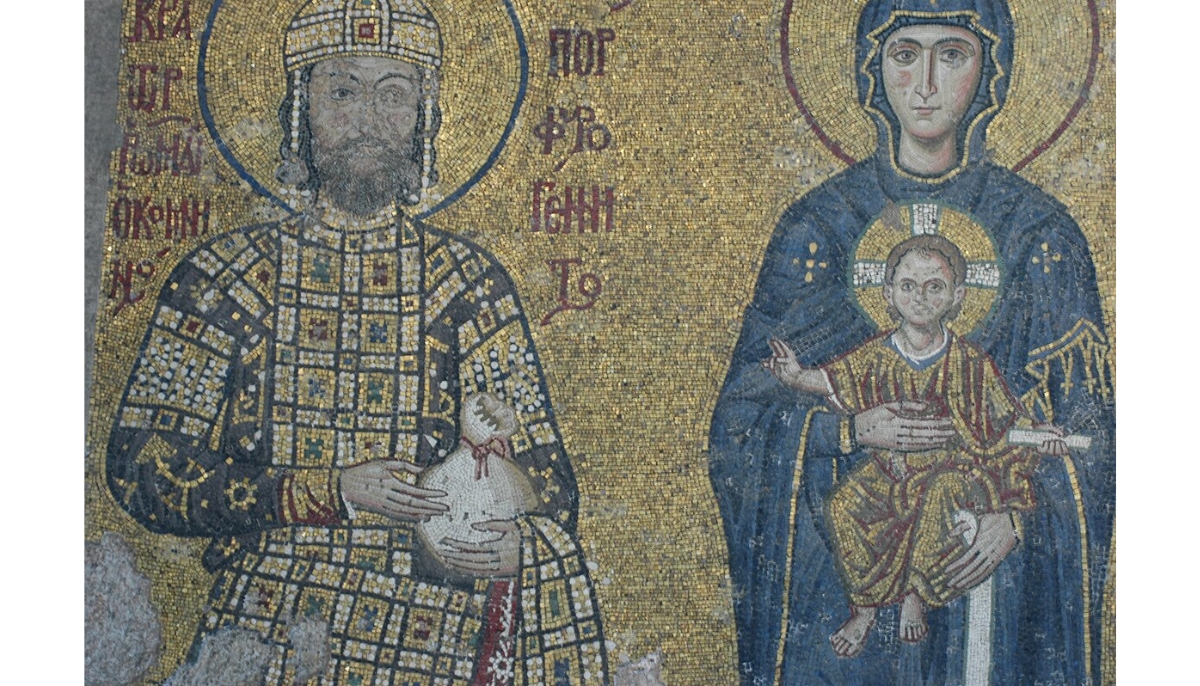
- Reigned: 15 August 1118 – 8 April 1143
- Dynasty: Komnenid dynasty (1081–1185)
John II Komnenos, eldest son of Alexios I, became co-emperor in 1092 and succeeded his father in 1118.
His reign centered on wars with the Turks. Known as “John the Good,” he was praised for his popularity, piety, and frugality.
He named his eldest son Alexios co-emperor in 1122, although the son predeceased him.
18. Michael III “the Drunkard” (25 years, eight months and four days)
- Reigned: 20 January 842 – 24 September 867
- Dynasty: Amorian dynasty (820–867)
Michael III, son of Theophilos, reigned under the regency of his mother, Theodora, until 856 and his uncle Bardas from 862–866.
He ended iconoclasm and was murdered by Basil the Macedonian. Nicknamed “the Drunkard” by pro-Basil chroniclers, he was a pleasure-loving ruler.
17. Leo VI “the Wise” (25 years, eight months and 12 days)
- Reigned: 29 August 886 – 11 May 912
- Dynasty: Macedonian dynasty (867–1056)
Leo VI, possibly the son of Basil I or Michael III, was co-emperor since 6 January 870. Known for his erudition, his reign faced heightened Saracen naval raids, leading to the Sack of Thessalonica.
He also led unsuccessful wars against the Bulgarians under Simeon I.
16. Michael IX Palaiologos (26 years, four months and 21 days)
- Reigned: 21 May 1294 – 12 October 1320
- Dynasty: Palaiologan dynasty (1261–1453)
Michael IX Palaiologos was the son and co-ruler of Andronikos II. Named co-emperor in 1281, he was not officially crowned until 21 May 1294.
His reign ended tragically when he allegedly died of grief over the accidental murder of his second son.
15. Constans II (26 years and ten months)
- Reigned: c. 5 November 641 – 15 July 668
- Dynasty: Heraclian dynasty (610–695)
Constans II, originally baptized as Heraclius, was the son of Constantine III. He became co-emperor in the summer of 641 and rose to sole Emperor after the abdication of his uncle Heraklonas. Known as “Constans,” he shifted the imperial seat to Syracuse.
His reign ended abruptly when he was assassinated, possibly on the orders of Mizizios.
14. Anastasius I “Dicorus” (27 years, two months and 28 days)
- Reigned: 11 April 491 – 9 July 518
- Dynasty: Leonid dynasty (457–518)
Anastasius I was born around 430 in Dyrrhachium. Initially a palace official, he was chosen by Empress-dowager Ariadne as her husband and Emperor.
Known for his heterochromia, he was nicknamed “Dikoros.” His reign saw vital tax and coinage reforms, and he was notably frugal, leaving a substantial surplus.
His Monophysite sympathies, including the Revolt of Vitalian and the Acacian Schism, sparked significant opposition.
Anastasius also faced the first Bulgar raids into the Balkans and a war with Persia over the foundation of Dara. He died childless.
13. Heraclius (30 years, four months and six days)
- Reigned: 5 October 610 – 11 February 641
- Dynasty: Heraclian dynasty (610–695)
Heraclius was born around 575. Heraclius was the eldest son of Heraclius the Elder, the Exarch of Africa.
He initiated a revolt against Phocas in 609 and successfully deposed him in 610. Heraclius concluded the Byzantine-Sassanid War of 602–628 but couldn’t prevent the Muslim conquest of Syria.
He made Greek the official administrative language, replacing Latin.
12. Constantine I (30 years, nine months and 27 days)
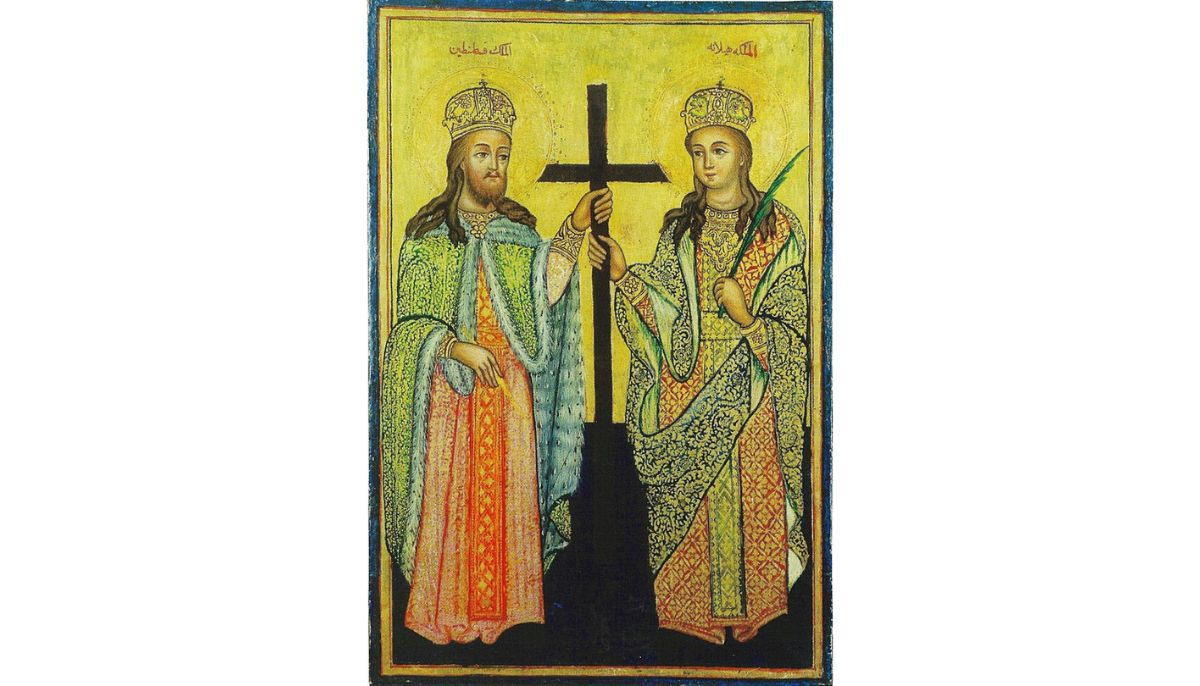
- Reigned: 25 July 306 – 22 May 337
- Dynasty: Constantinian dynasty (306–363)
Constantine I was born around 272 in Naissus, son of Augustus Constantius and Helena. Proclaimed Augustus of the Western Empire after his father died in 306, he secured sole rule after the Battle of the Milvian Bridge in 312.
He defeated eastern Augustus Licinius in 324, unifying the Empire. Constantine continued administrative and military reforms initiated by Diocletian, ushering in the Dominate period.
He played a crucial role in Christianity’s development, notably convening the First Ecumenical Council at Nicaea. Baptized on his deathbed, he introduced the gold solidus and initiated a large-scale building program.
He referred to the city of Byzantium as “New Rome,” popularly called Constantinople. Seen as a model for future Byzantine emperors
- Constantine’s reign wasn’t all great, though. Find out why he made our list of the Most Overrated Roman Emperors In History
11. John III Vatatzes (32 years and 11 months)
- Reigned: December 1221 – 3 November 1254
- Dynasty: Laskarid dynasty (1204–1261)
John III Doukas Vatatzes was born around 1192. He became the son-in-law and successor to Theodore I in 1212. Known as a capable ruler and soldier, he expanded territories in Bithynia, Thrace, and Macedonia.
His expansions came at the expense of the Latin Empire, Bulgaria, and the rival Greek state of Epirus.
10. Constantine V (34 years, two months and 27 days)
- Reigned: 18 June 741 – 14 September 775
- Dynasty: Isaurian dynasty (717–802)
Constantine V was born in July 718, the sole son of Leo III. He became co-emperor in 720 and took full power after his father’s death.
He suppressed the usurper Artabasdos and continued his father’s iconoclastic policies. He achieved military victories against the Arabs and Bulgars.
Later chroniclers who opposed him gave him the nickname “the Dung-named.”
9. Manuel II Palaiologos (34 years, four months and five days)
- Reigned: 16 February 1391 – 21 July 1425
- Dynasty: Palaiologan dynasty (1261–1453)
Manuel II Palaiologos was born on 27 June 1350, the second son of John V. Elevated to co-emperor in 1373. He succeeded his father and ruled until his death.
He sought aid against the Turks from Western European courts. The Ottoman defeat in the Battle of Ankara allowed him to regain some territories and end his vassalage to the Ottomans.
8. John V Palaiologos (35 years, one month and 28 days)
- Reigned: 15 July 1341 – 12 August 1376
- Dynasty: Palaiologan dynasty (1261–1453)
John V. Palaiologos was the only son of Andronikos III. He was not crowned or declared heir at his father’s death, sparking a destructive civil war with John VI Kantakouzenos. The war ended in 1347, recognizing Kantakouzenos as the senior Emperor.
However, John V deposed him in 1354 during another civil war. He also deposed Matthew Kantakouzenos, who was raised to be co-emperor.
John V sought Western aid against the Ottomans, but by 1371, he was forced to recognize Ottoman suzerainty.
7. Alexios I Komnenos (37 years, four months and 14 days)
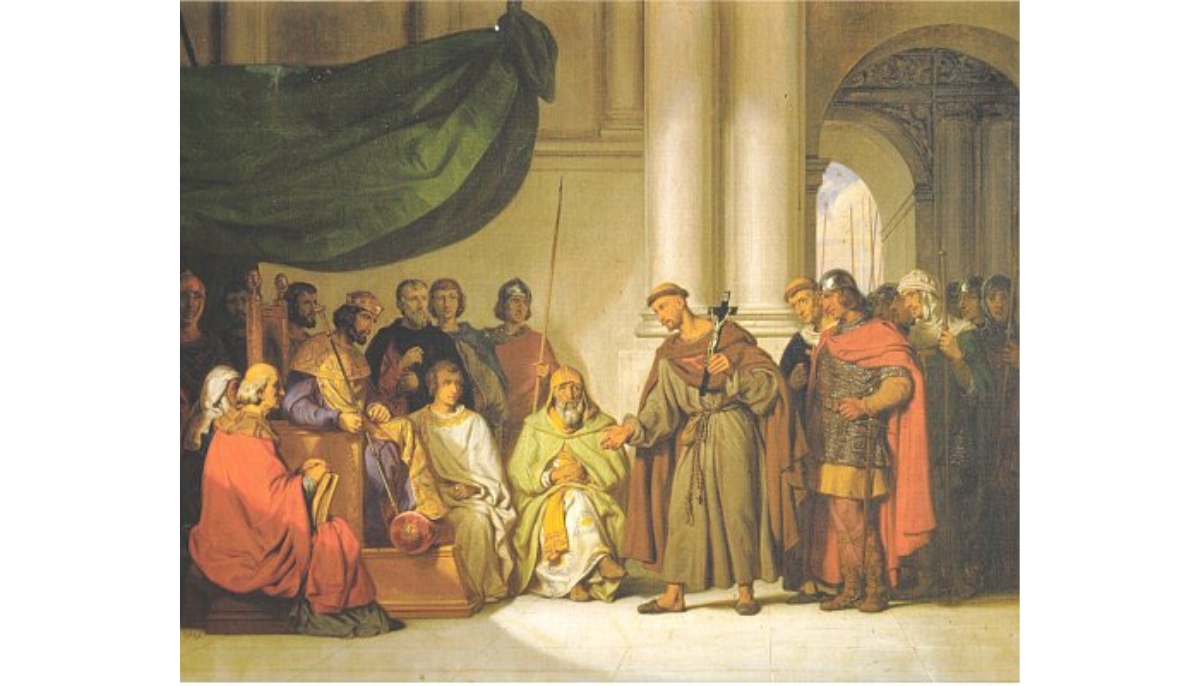
- Reigned: 1 April 1081 – 15 August 1118
- Dynasty: Komnenid dynasty (1081–1185)
Alexios I Komnenos was born in 1056 and was a nephew of Isaac I Komnenos. A distinguished general, he overthrew Nikephoros III.
His reign focused on wars against the Normans and Seljuk Turks. The First Crusade arrived during his rule, leading to the creation of independent Crusader states.
He retained Constantine Doukas until 1087 and named his eldest son, John, co-emperor in 1092.
6. Manuel I Komnenos (37 years, five months and 16 days)
- Reigned: 8 April 1143 – 24 September 1180
- Dynasty: Komnenid dynasty (1081–1185)
Manuel I Komnenos was born on 28 November 1118, the youngest son of John II Komnenos. Chosen over his elder brother Isaac, he became Emperor.
Manuel was an energetic ruler who led campaigns against the Turks, dominated Hungary, and held sway over Crusader states.
He also attempted but failed to reclaim Italy and Egypt. His constant campaigns and extravagance drained the Empire’s resources.
5. Justinian I “the Great” (38 years, seven months and 13 days)
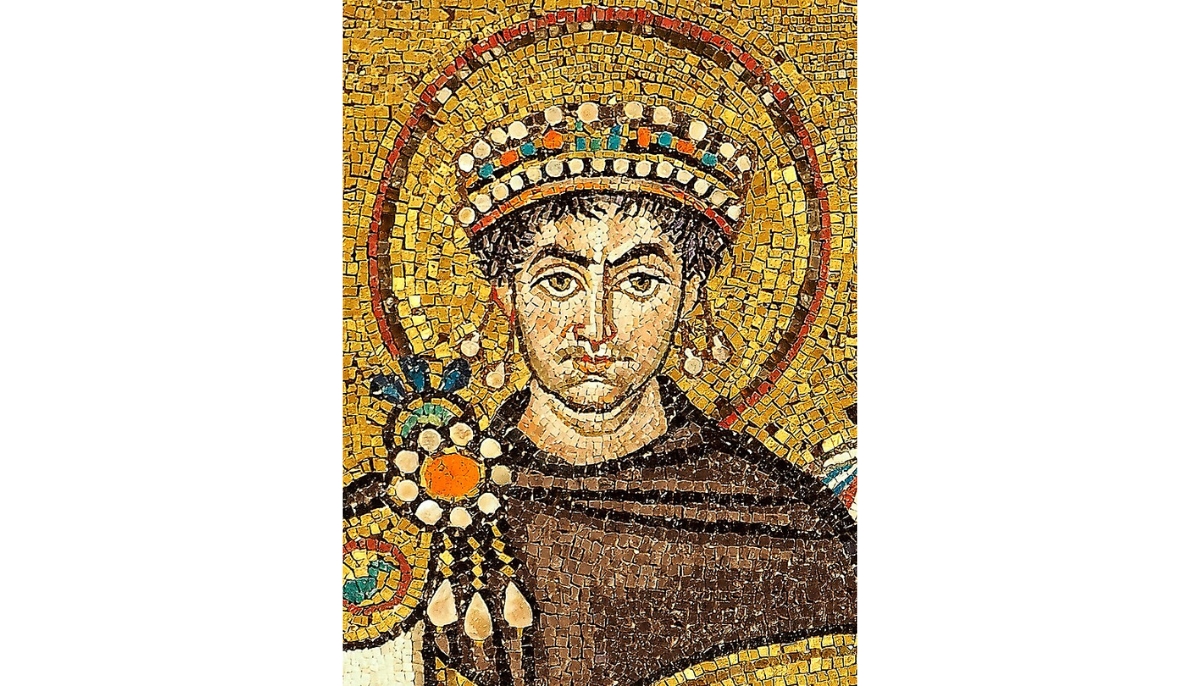
- Reigned: 1 August 527 – 14 November 565
- Dynasty: Justinian dynasty (518–602)
Justinian I was born in 482/483 in Tauresium, Macedonia. He was Justin I’s nephew and became co-emperor on 1 April 527, succeeding his uncle.
Known for his ambitious military campaigns, he reconquered Italy, North Africa, and parts of Spain.
He is also renowned for compiling the Corpus Juris Civilis, a foundational text for modern European law.
4. Theodosius II (42 years, two months and 27 days)
- Reigned: 1 May 408 – 28 July 450
- Dynasty: Theodosian dynasty (379–457)
Theodosius II was born on 10 April 401, the sole son of Arcadius. He was declared Augustus on 10 January 402 and succeeded his father.
Under the regency of praetorian prefect Anthemius from 408 to 414 due to his minor status, Theodosius II later governed in his own right. His life was cut short by a riding accident.
3. Andronikos II Palaiologos (45 years, five months and 13 days)

- Reigned: 11 December 1282 – 24 May 1328
- Dynasty: Palaiologan dynasty (1261–1453)
Andronikos II Palaiologos was born on 25 March 1259, the son of Michael VIII. Named co-emperor in 1261 and crowned in 1272, he became the sole ruler upon his father’s death.
His reign was marked by a focus on monks and intellectuals, which led to the neglect of the army. Consequently, Byzantine power in Asia Minor weakened.
He named his son Michael IX co-emperor. Engulfed in a protracted civil war, he was first forced to recognize his grandson Andronikos III as co-emperor and was eventually deposed.
He passed away on 13 February 1332.
2. Constantine VII (46 years, five months and three days)
- Reigned: 6 June 913 – 9 November 959
- Dynasty: Macedonian dynasty (867–1056)
Constantine VII was born on 17/18 May, 905, the son of Leo VI. Raised to co-emperor on 15 May 908, his early rule was overseen by regencies. Initial regents were his mother, Zoe Karbonopsina, and Patriarch Nicholas Mystikos.
In 919, Romanos Lekapenos took over the regency and became senior Emperor.
Constantine regained control on 27 January 945 by deposing Romanos’s sons. His reign was characterized by conflict with Sayf al-Dawla in the East and a failed campaign against Crete.
He reversed some anti-aristocratic laws. A key promoter of the “Macedonian Renaissance,” he backed scholarly works. Known for his writings, his significant works include manuals on statecraft (De administrando imperio) and ceremonies (De ceremoniis) for his son.
1. Basil II (49 years, 11 months and five days) – The Longest Reigning Byzantine Emperor In History
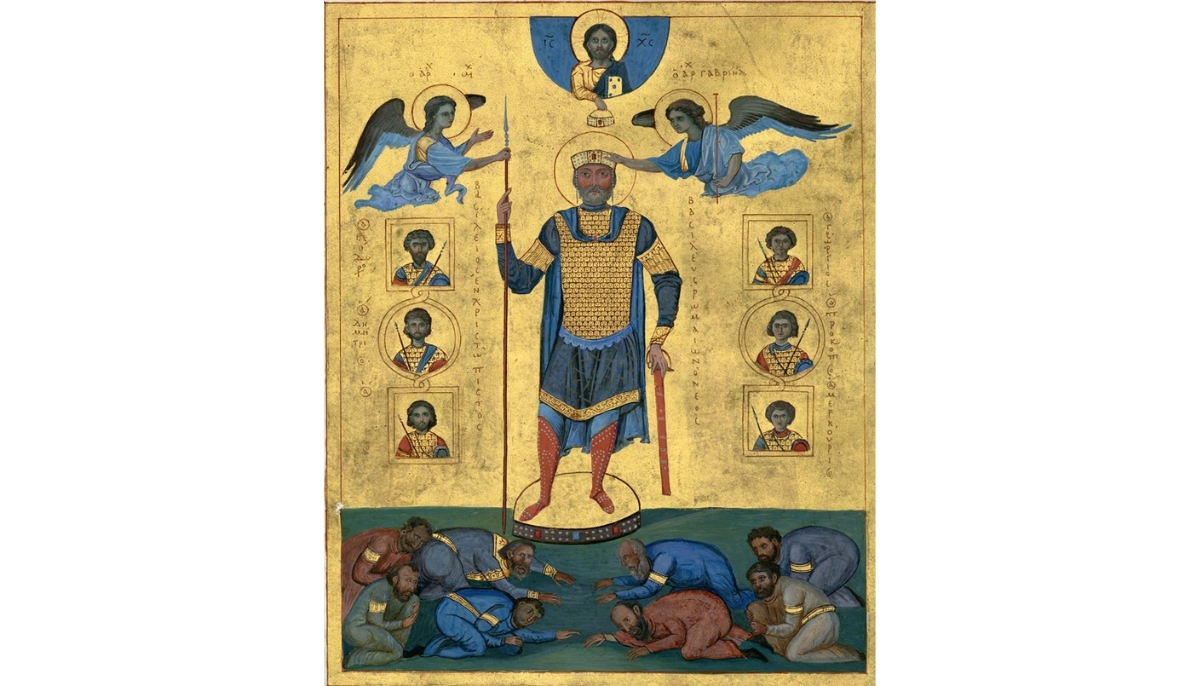
- Reigned: 10 January 976 – 15 December 1025
- Dynasty: Macedonian dynasty (867–1056)
Basil II, also known as Basil the Bulgar Slayer, was born in 958 as the eldest son of Romanos II.
His initial years as ruler were unstable, dealing with internal conflicts and an unproductive war against Bulgaria. A strategic marriage alliance with Vladimir I of Kiev helped stabilize his position.
After suppressing internal revolts, he initiated a prolonged military campaign against Bulgaria, which he successfully concluded in 1018.
He also waged sporadic wars in Syria against the Fatimid Caliphate and expanded Byzantine influence over Armenia. Basil II holds the distinction of having the longest reign in Byzantine history.
Basil II’s reign is a cornerstone of Byzantine history. Known as the Bulgar Slayer for his conquests, he expanded the Empire’s territory and enjoyed the longest rule in its history. He is remembered as one of the greatest Byzantine Emperors.
His reign marks a high point in Byzantine power and influence, making him a pivotal figure in medieval history.
